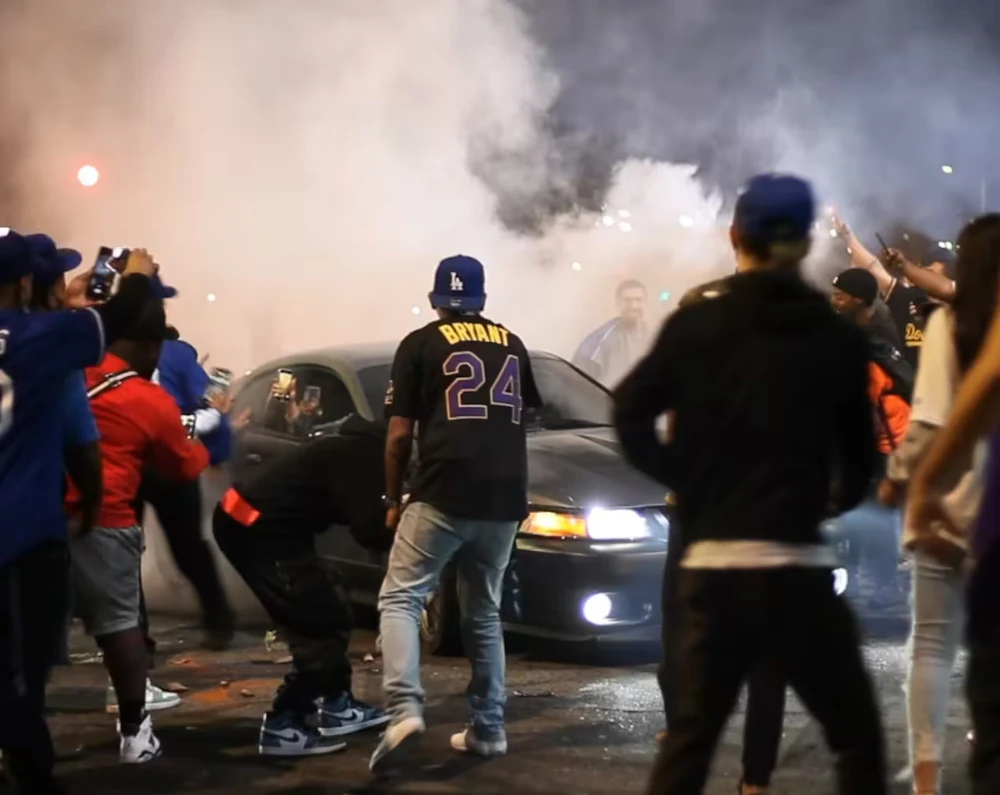In recent years, protests across the United States have increasingly been marked by outbreaks of violence, from property destruction to physical assaults on law enforcement. While the majority of demonstrations remain peaceful, high-profile incidents in cities like Los Angeles, Atlanta, and Seattle highlight a troubling trend where tensions escalate into chaos. This article examines why many contemporary protests turn violent, the individuals and groups behind these acts, and the broader dynamics at play, drawing on events between 2020 and 2025.
How Often Do Protests Turn Violent?
Most U.S. protests stay peaceful, but a significant number erupt into chaos. The Armed Conflict Location & Event Data Project reports 93% of 2020 racial justice protests avoided violence. Yet, incidents like Los Angeles’ 2025 ICE protests, Atlanta’s 2023 “Cop City” clashes, and Seattle’s 2025 worship event riots highlight a violent minority. These events involve rock-throwing, fires, and assaults on police, overshadowing peaceful messages.
Why Protests Escalate to Violence
Several factors ignite violence in protests:
- Harsh Police Tactics: Perceived militarized policing sparks anger. In Los Angeles (2025), ICE used flash-bangs during enforcement, prompting rock-throwing . Rochester’s 2021 protests saw police pepper spray fuel barricade attacks.
- Community Outrage: Perceived injustices drive unrest. Los Angeles’ ICE immigration enforcement targeted immigrant workers, inciting car fires. Atlanta’s 2023 police killing of Manuel Terán led to a torched police car.
- Political Divide: Ideological clashes fuel violence. Seattle’s 2025 Antifa attack on a Christian event caused arrests. Boulder’s 2025 pro-Palestinian Molotov attack targeted a pro-Israel march.
- Opportunistic Actors: Some exploit chaos. Los Angeles’ 2025 car vandalism lacked clear group ties, suggesting spontaneity.
- Media Hype: Sensational coverage escalates tensions. Social Media posts amplify “riots” or police law enforcement, polarizing future protests.
Who Drives the Violence?
Violent protesters vary, from activists to locals. Here’s who fuels the chaos:
- Ideological Activists: Antifa and Far-Left Groups: Antifa attacked police in Seattle (2025), leading to 23 arrests. Atlanta’s 2023 “Cop City” rioters included anarchists.
- Lone Radicals: A 45-year-old threw Molotovs in Boulder (2025), injuring eight.
- Local Residents: Los Angeles (2025) saw immigrants throw concrete at police during ICE immigration enforcement. Rochester’s 2021 locals attacked barricades after a child’s pepper-spraying.
- Opportunistic Individuals: New York City’s 2021 march saw unaffiliated protesters throw objects, injuring officers. Los Angeles’ 2025 vehicle vandalism lacked clear motives.
- External Agitators: Atlanta’s 2023 arrests included non-Georgians, suggesting outside instigators.
Why Identification Is Tough
Pinpointing perpetrators proves challenging:
Vague Reports: Los Angeles’ 2025 arrests lacked demographic details.
Biased Sources: Social Media posts label “Antifa” broadly while progressive sources blame police.
Minority Actions: Violence often involves few. Atlanta’s six arrests contrasted hundreds protesting.
Why This Matters
Violence drowns out protest goals. Los Angeles’ 2025 immigration message faded amid fires. Atlanta’s anti-police stance lost focus.
U.S. protests turn violent due to the perception of harsh policing, outrage, ideology, and opportunists. Antifa, locals, and lone actors drive chaos. De-escalation tactics could curb violence, preserving protest messages.


Leave a Reply